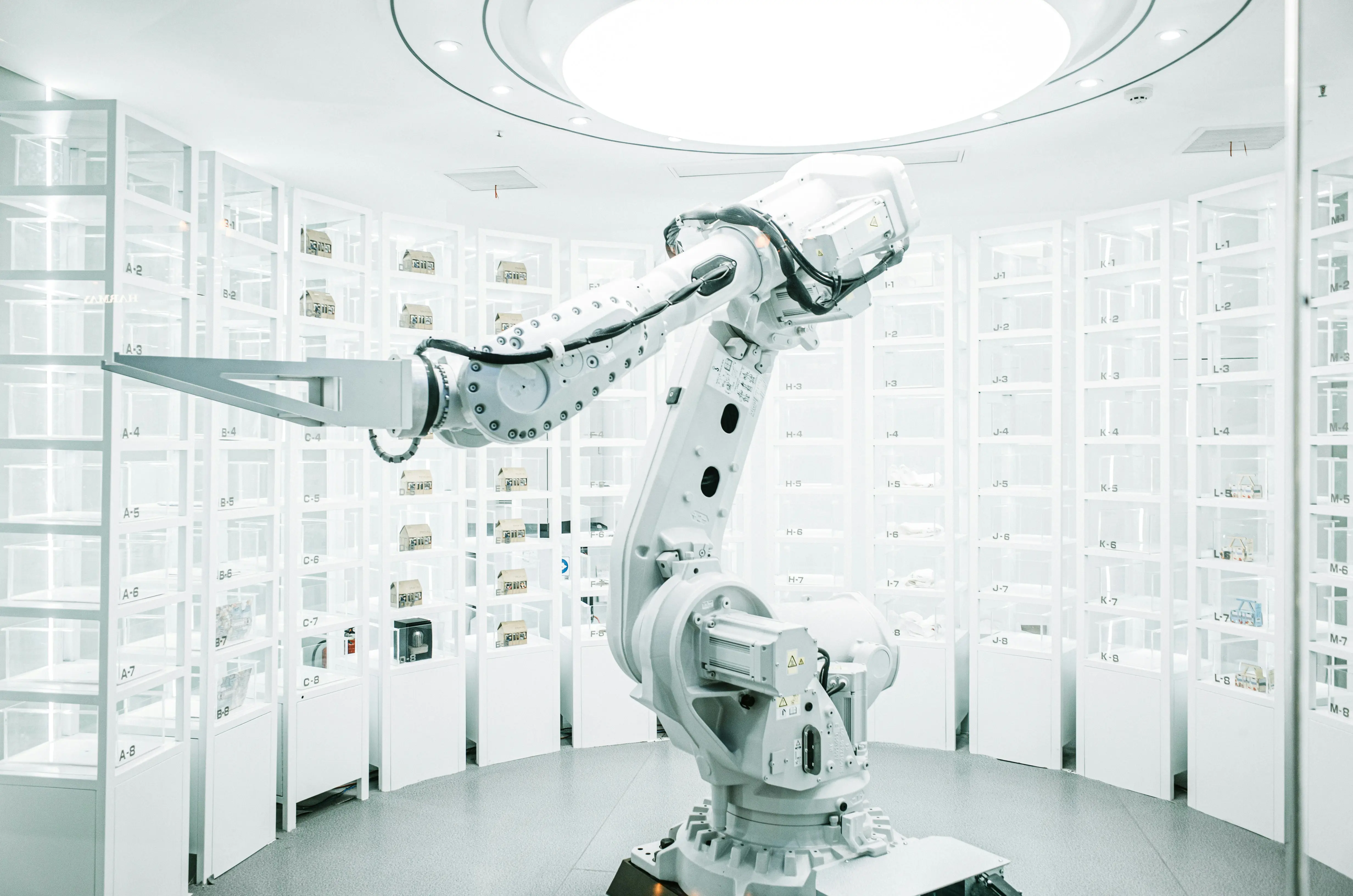AI-Powered Surgical Robots Achieve New Milestones In Automation

A pioneering team of researchers from The Chinese University of Hong Kong (CUHK) has revolutionized surgical robotics with the development of cutting-edge artificial intelligence (AI) techniques. By completing the world's first multi-task surgical automation tests on a live animal, they have set a new benchmark in the field. This groundbreaking work has been published in Science Robotics.
Autonomous surgical robots are the future, promising increased efficiency and consistency in medical procedures. The team, led by Professor Dou Qi from CUHK’s Department of Computer Science and Engineering, aimed to move beyond traditional methods that relied heavily on extra sensors or rigid models. Their innovative AI framework is a data-driven, vision-based solution designed to enhance surgical robot autonomy.
This system utilizes advanced visual technologies to interpret endoscopic images in real time, eliminating the need for additional sensors. By integrating visual perception models, reinforcement learning (a type of machine learning where an agent learns to make decisions by receiving feedback), and visual servoing (a technique to control motion based on feedback from visual data), the team achieved precise and safe automation of surgical tasks. Notably, this AI system was incorporated into the AI-ready Sentire® Surgical System, demonstrating its practical applicability.
The research team validated their AI system through rigorous testing on a live animal, simulating real surgical environments. The AI successfully executed multiple tasks such as tissue retraction, gauze handling, and vessel clipping. Dr. Yip Hon-chi, who led the practical testing at CU Medicine, highlighted the system's adaptability to different environmental conditions, enhancing its reliability.
These advancements suggest that AI could serve as a 'third hand' for surgeons, easing their workload and improving procedural efficiency. By automating routine tasks, this technology holds the potential to significantly enhance surgical outcomes and reduce operation times.
The InnoHK Multi-Scale Medical Robotics Center (MRC) played a crucial role in this research, fostering collaboration between CUHK and Johns Hopkins University. The MRC’s support enabled the creation of SurRoL, a simulator that was key in training the AI. This collaborative effort underscores the global impact of the research, as the team's open-source software is now a resource for international institutions.
Professor Samuel Au Kwok-wai from CUHK emphasized the importance of international collaboration in achieving such pioneering advancements. Meanwhile, Professor Philip Chiu Wai-yan lauded the synergy between engineering and surgical expertise, which is helping to redefine the potential of AI in surgery.